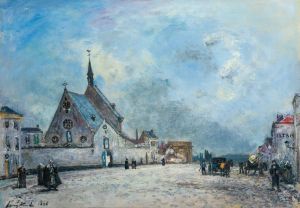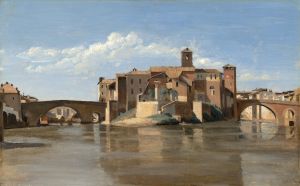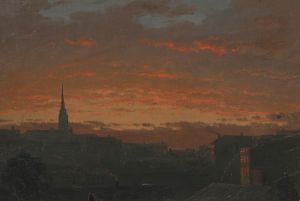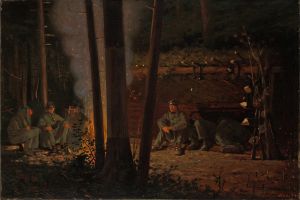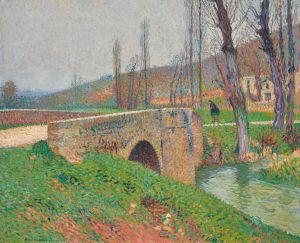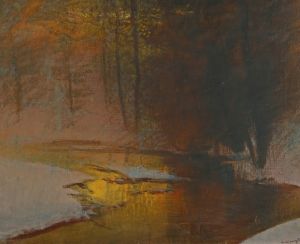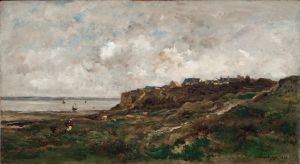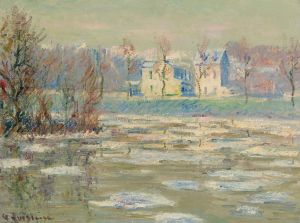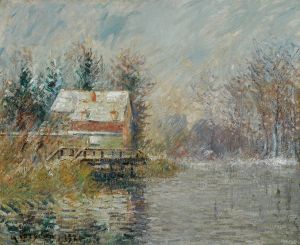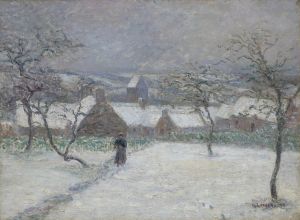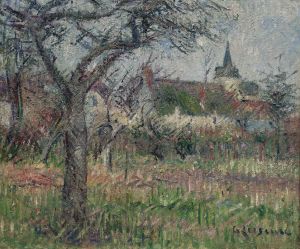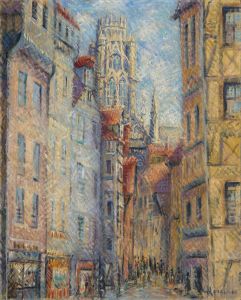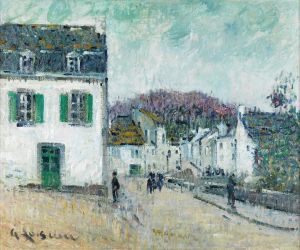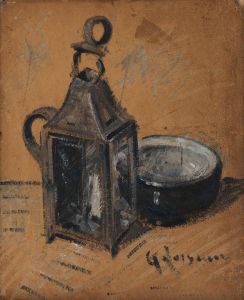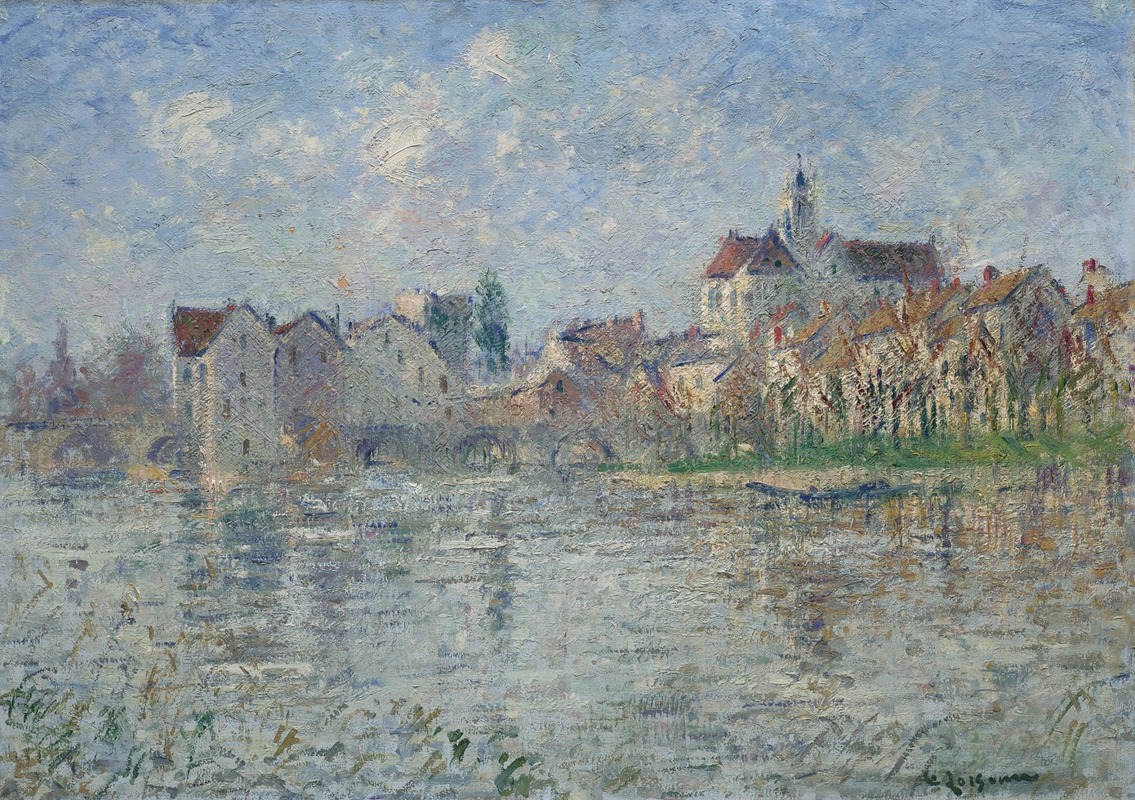
Moret-sur-Loing
A hand-painted replica of Gustave Loiseau’s masterpiece Moret-sur-Loing, meticulously crafted by professional artists to capture the true essence of the original. Each piece is created with museum-quality canvas and rare mineral pigments, carefully painted by experienced artists with delicate brushstrokes and rich, layered colors to perfectly recreate the texture of the original artwork. Unlike machine-printed reproductions, this hand-painted version brings the painting to life, infused with the artist’s emotions and skill in every stroke. Whether for personal collection or home decoration, it instantly elevates the artistic atmosphere of any space.
Gustave Loiseau was a French Post-Impressionist painter, known for his landscapes and scenes of rural life. Born on October 3, 1865, in Paris, Loiseau developed a distinctive style characterized by his use of vibrant colors and dynamic brushwork. He was particularly interested in capturing the effects of light and atmosphere, a hallmark of the Impressionist movement, yet he also incorporated elements that would later be associated with Post-Impressionism.
"Moret-sur-Loing" is one of Loiseau's notable works, depicting the picturesque town of Moret-sur-Loing, located in the Île-de-France region of north-central France. This town, with its medieval architecture and scenic river views, has been a popular subject for artists, including Alfred Sisley, who also painted many scenes of Moret-sur-Loing. Loiseau's choice to paint this location reflects his interest in capturing the serene beauty and the changing moods of the French countryside.
In "Moret-sur-Loing," Loiseau employs his signature technique of "en treillis" or cross-hatching, where he uses intersecting strokes to build up texture and depth in the painting. This technique allows him to create a sense of movement and vitality, bringing the landscape to life. The painting is characterized by its rich palette and the interplay of light and shadow, which Loiseau uses to convey the time of day and the atmospheric conditions.
Loiseau's work often focused on the changing seasons and the passage of time, and "Moret-sur-Loing" is no exception. The painting captures a specific moment, likely in spring or summer, as suggested by the lush greenery and the gentle light that bathes the scene. The river Loing, which runs through the town, is depicted with a reflective surface, mirroring the sky and surrounding foliage, a technique that adds depth and tranquility to the composition.
Throughout his career, Loiseau remained committed to plein air painting, a practice that involved painting outdoors to directly observe and capture the natural environment. This approach allowed him to study the effects of light and weather firsthand, which is evident in the atmospheric quality of "Moret-sur-Loing." His dedication to this method aligns him with the Impressionists, although his work also shows a progression towards the more structured and expressive qualities of Post-Impressionism.
Loiseau exhibited regularly at the Salon des Indépendants and the Salon d'Automne, where his works were well-received by critics and collectors alike. His paintings, including "Moret-sur-Loing," are celebrated for their ability to convey the quiet beauty of rural France and the artist's sensitivity to the natural world.
Today, Gustave Loiseau's works are held in various public and private collections, and "Moret-sur-Loing" continues to be appreciated for its artistic merit and its representation of Loiseau's unique style. The painting serves as a testament to Loiseau's skill in capturing the essence of a place and moment in time, reflecting both the influence of Impressionism and his own contributions to the development of modern landscape painting.





